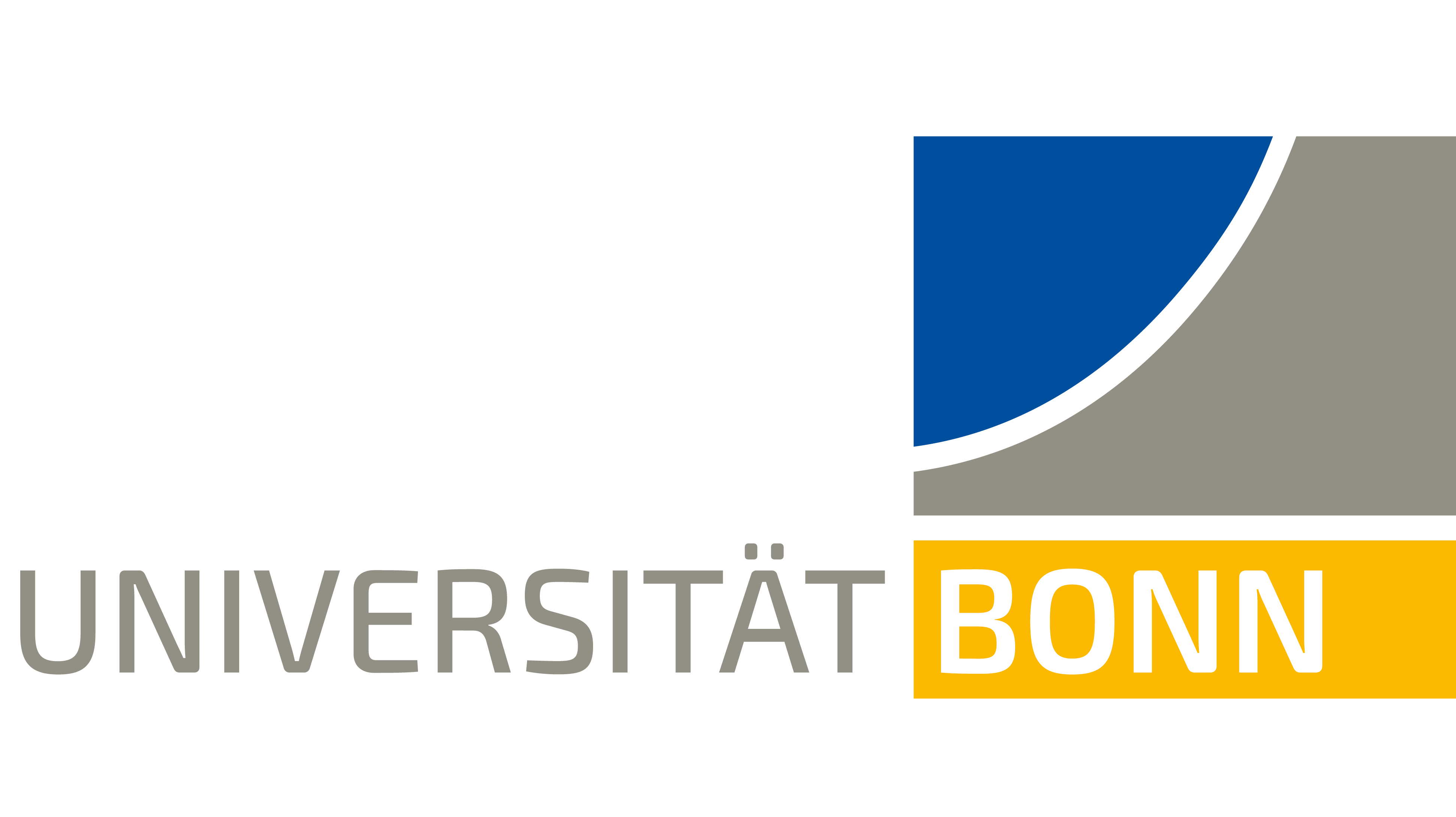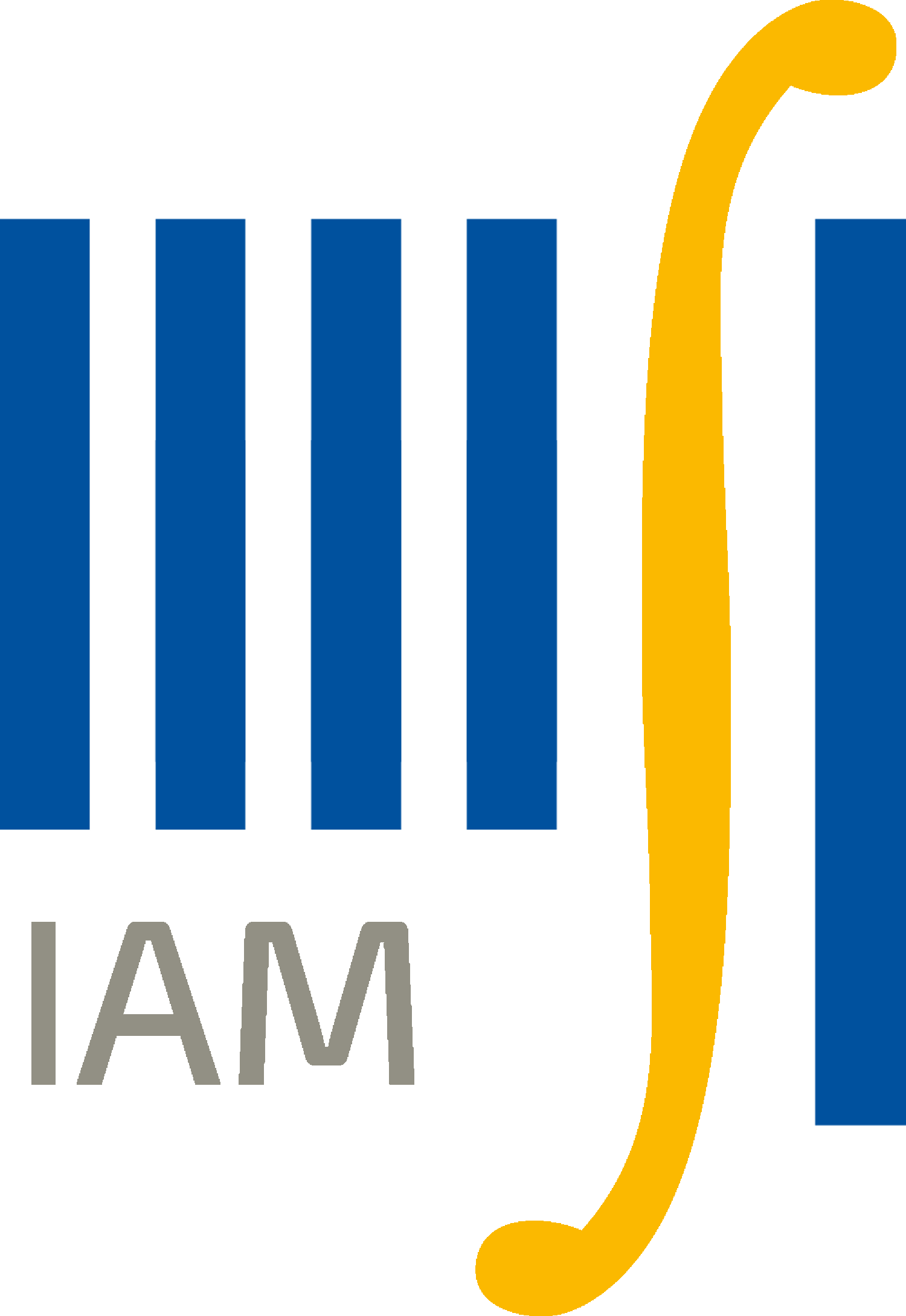Markov Processes WS 2015/16
Lectures: Tuesday and Thursday, 12-14, Kleiner Hörsaal (Wegelerstraße 10)
Exercises: Kaveh Bashiri, Anna Kraut (both in room 3.041)
Tutorials: Tuesday, 14-16, 0.007 (Anna Kraut), Tuesday, 16-18, N0.003 (Kaveh Bashiri)
Examination: The examination will be oral. The exact procedure (including the topic list) is given here.
Attention: In section 3.4 it is supposed to say "contact process" instead of "voter model". The questions stay exactly the same.
First examination: 15.-18.02.2016
Second examination: 16.,30.,31.03.2016
Admission criterion: 50% of the exercise points have to be earned.
Content:
General theory of Markov processes
A Markov process is, roughly speaking, a stochastic process whose future is independent of its past given its current state. We will begin with the general theory of these processes, the most important part of which is the relationship between the three fundamental representations:
- the path-wise representation as a stochastic process,
- the operator-theoretic "semi-group" representation that describes how the distribution evolves over time, and
- the "generator" representation that describes how the process evolves instantaneously.
We will study these relationships in two particular settings: continuous time Markov chains in which the state space is countable or finite, and Feller processes in which the state space is more general, but the evolution of the process has certain continuity properties. In the case of Feller processes, the relationship between the semi-group and generator representations is known as the Hille-Yosida theorem.
Our most important examples in this part of the course will be Lévy processes, which include Brownian motion and compound Poisson processes as special cases.
Interacting particle systems
This is a large class of Markov processes that includes many examples of practical importance (coming from statistical physics, biology, engineering, etc.). We will study several examples of interacting particle systems (including spin systems, voter models, and contact processes) using the basic theory that we developed in the first part of the course.
References:
The lecture will be based on the first four chapters of Continuous Time Markov Processes: An Introduction by T. M. Liggett.
Problem sheets:
Sheets will be handed out on Thursdays during the lecture and will be collected a week later.
Sheet 1 (Hand in on Thursday, 29.10.)
Sheet 2 (Hand in on Thursday, 05.11.)
Sheet 3 (Hand in on Thursday, 12.11.)
Sheet 4 (Hand in on Thursday, 19.11.)
Sheet 5 (Hand in on Thursday, 26.11.)
Sheet 6 (Hand in on Thursday, 03.12.) Correction: There was an epsilon missing in Exercise 4(i)!
Sheet 7 (Hand in on Thursday, 10.12.)
Sheet 8 (Hand in on Thursday, 17.12.)
Sheet 9 (Hand in on Thursday, 07.01.)
Sheet 10 (Hand in on Thursday, 14.01.)
Sheet 11 (Hand in on Thursday, 21.01.) Correction: A specification was added to exercise 1(iii) and the random walk in exercise 2(ii) is supposed to be symmetric!
Sheet 12 (Hand in on Thursday, 28.01.)
Lecture notes:
Careful! These might be neither correct, complete, nor readable.
Introduction and basic properties
Markov chains
Markov chains 2
Feller processes
Feller processes 2
Feller processes 3
Feller processes 4
Spin systems 1
In addition there are some typed notes (careful: we did not check them!)


